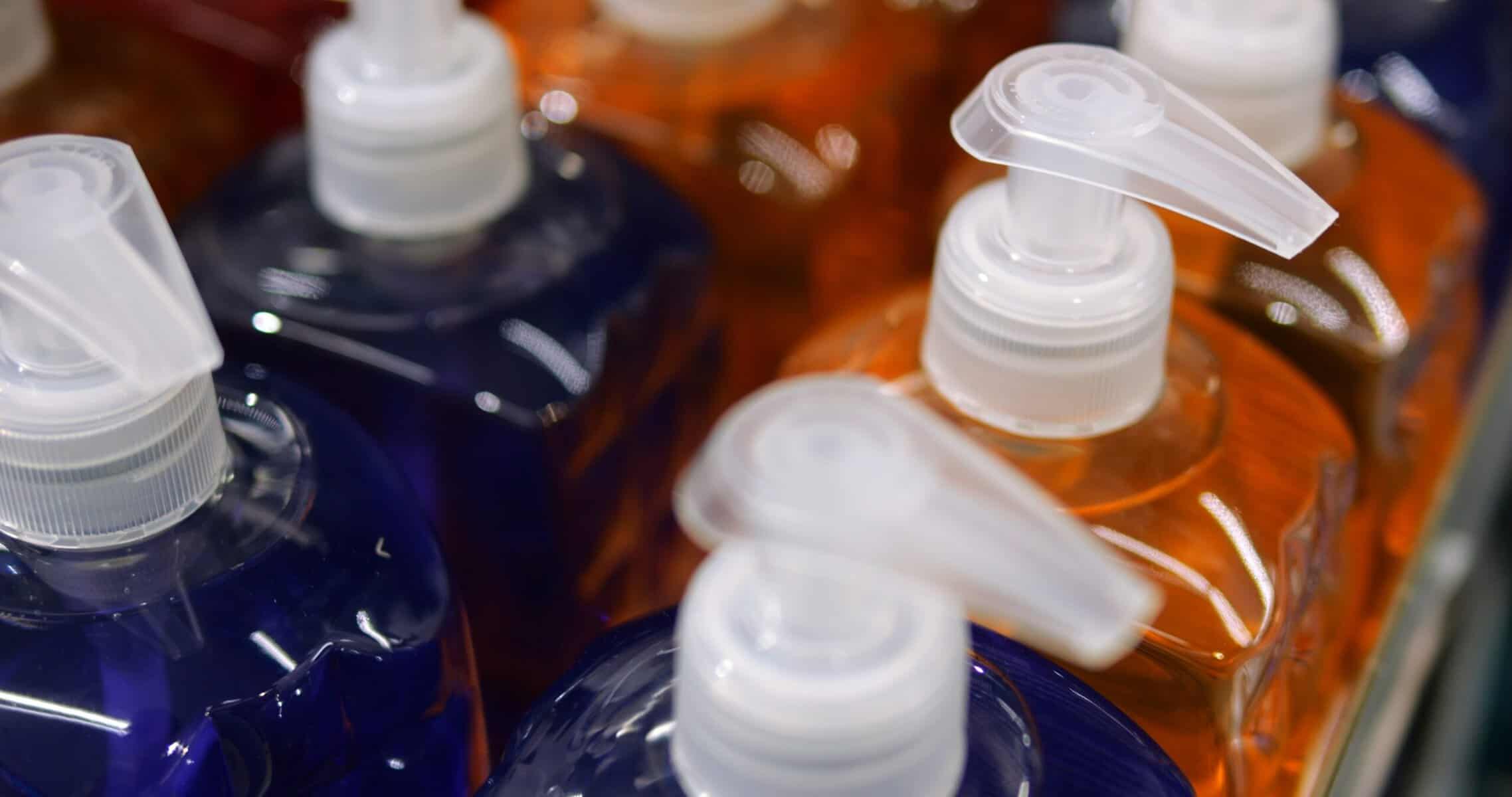The John Lewis Partnership (JLP) today reported top-line profits down by 99% on the same time last year as it invested for the future, while at the same time the John Lewis Never Knowingly Undersold promise was tested by “the most promotional market we’ve seen in almost a decade”.
The figures came after the department store said in June that it was now planning to invest between £400m and £500m a year in the customer experience across channels in coming years, at the expense, if need be, of profits. This, it said today, was “crucial to our long-term success, despite near-term pressures on profitabiity.”
In the six months to July 28, the John Lewis Partnership (JLP), which owns both John Lewis & Partners and Waitrose & Partners, reported revenue of £4.8bn, 1.5% higher than the same period last year, on sales of £5.5m, 1.6% up on last year. Top-line pre-tax profits of £1.2m, before exceptional costs of £4.8m, related to restructuring, redundancy and property costs, were down by 98.8%. At the bottom line, pre-tax profits of £6m were down by 80.5% on last time. At the same time, net debt reduced by £17m to £404m.
Sir Charlie Mayfield, chairman of the JLP, said the figures were in line with its June strategy update, and came as the business improves its customer offer while building its financial strength in order to continue developing its business. “This is reflected,” he said, “in both brands continuing to grow sales and customer numbers, and our total net debts reducing.”
He said the pressure on John Lewis’ profits had come “predominantly from our commitment to maintain price competitiveness.” He added: “This reflects our decision not to pass on to our customers all cost price inflation from a weaker exchange rate and form our Never Knowingly Undersold promise, where we have seen an unprecedented level of price matching as other retailers have discounted heavily.” Other factors included higher IT costs and the cost of new shops “as we continued to invest for future growth”.
The business also expects profits to be lower in the full year.
Here’s what else the retailer said about its multichannel strategy.
The customer
John Lewis and Waitrose are emphasising the role of its staff and the service they offer customers as “key differentiators” in a competitive and changing retail market, as reflected in the recent rebranding to ‘& Partners’.
Waitrose has trained 95 staff to specialise in healthy eating, and 800 baristas.
John Lewis has introduced an experience desk to its Westfield White City shop, where customers can book personal styling appointments around the occasions for which they are buying. This will come to another 15 shops in this financial year. It is also encouraging staff to look after their health and wellbeing, introducing preventative tools including health platform and app Unmind, with more than 3,500 users already.
The multichannel mix
Waitrose said that online grocery sales grew by 23% during the half-year and had become more profitable. Its net promoter score reflected an increase in the way that loyal customers rated the experience.
John Lewis said that 39% of its sales were made online during the half-year. Investment in digital, including the replatforming of its website, would, it said, set it apart from its competitors, while enabling shoppers to buy more easily. That investment has gone into improved search, a smoother checkout and the ability for customers to use digital channels to find out where the products they want to buy are in stock.
Overall, Waitrose sales of £3.4bn were 2.1% up on last year, while bottom-line operating profits came in at £94.4m, 7.2% up on last time. The supermarket trades online and from 352 shops, including 65 convenience stores and 27 at service stations. At John Lewis, sales of £2bn were 0.8% up, and operating losses of £33.5m were down from a profit of £33.3m last time. It has 50 shops, including 36 department stores, 12 John Lewis & Partners at home shops, and branches at St Pancras International and Heathrow Terminal 2.
John Lewis is ranked Leading in IRUK Top500 research, while Waitrose is a Top50 trader.
Operations and logistics
John Lewis says two-hour delivery windows, along with improved customer communications have contributed to “record levels” of customer satisfaction. Customers have made 1.5m extra website visits to see where their deliveries are, using recently-introduced tracking.
Brexit
The retailer said in its figures that forecasting was particularly difficult, with “the level of uncertainty facing consumers and the economy, in part due to ongoing Brexit negotiations.” It also listed Brexit as a relevant risk to its business during the year, and said it had written down the value of Waitrose & Partners stores by £38.9m in its last financial year and would write them down by a further £9m in the first half of this year in the light of “continued uncertainty with respect to Brexit outcomes and changes to the grocery market.” In particular, it said that profit margins at Waitrose stores had trended “significantly lower”. The business also says that its profits have been hit by the weakness of the pound following the Brexit vote.
Speaking on Radio 4’s Today programme, Mayfield said a no-deal Brexit would “be a very bad outcome for the UK” with “extremely unpredictable” consequences. Rather than hoarding food, which would rot, it is preparing for that outcome by reducing debt and saving cash, giving it “the highest liquidity position in a long time” to cope with such a scenario.
Image courtesy of the John Lewis Partnership








